The content of the article
There are a lot of controversies about the benefits of brown sugar lately among those who are interested in healthy eating. Some say that it has no special beneficial properties that would distinguish it from white sugar. But there are people who believe that it is a real find for those who want to avoid the harm brought by white beet sugar. Because it even includes in the diet.
The raw material for this product is sugarcane. We do not grow it. Import it from America and South Africa. Since raw materials have to be brought from afar, this significantly increases the final cost of the product. Its price is several times higher than that of the usual beet sugar. That is why it is often possible to face a fake. On the shelves you can find caramelized or simply colored white sugar.In this way, producers profit from our ignorance. The production of such a fake cost them much cheaper. Externally, this product is no different from the original.
On a note! In fact, cane sugar does not have to be brown. It can be light brown, golden. It depends on the type of product.
Let us consider in this article in more detail what methods of determining the natural cane sugar exist.
Cane Sugar Myths
- The first myth says that after immersion in warm water, fake cane sugar will stain it with a dark color. In fact, this method can not be used. Colored beet sugar will make the water dark, but with this reed things are exactly the same. The sugar cane contains molasses, which dissolves in water, causing it to darken.
- The second myth says that sugar needs to be dissolved in water, and then iodine is dropped there. If the product is real, then the water should turn blue. This method is also not true. Although it is a good chemical idea. But the fact is that if sugar was produced according to the rules, then there will be practically no starch in it. This means that blue may not work.
- The third myth."When cane sugar is dissolved in hot water, it exudes a characteristic caramel flavor by which you can distinguish the original product." This myth is only partially true. If a person has tried real cane sugar many times, he will know what smell he should have. But some tricky manufacturers add flavor to a fake, which can deceive even sophisticated foodies.
- Another myth is that real sugar from cane has never been sold on the shelves of our stores, because it has too high a price. This myth is also incorrect. This product really differs in rather high price in comparison with white. Extraction of raw materials and processing are not too expensive processes. This product should be supplied from countries such as Mauritius, USA, Cuba and others. But this is not the reason for a significant increase in price. The only reason why sugar from cane will be more expensive than usual is the cost of transporting it. While white sugar is produced from domestic sugar beet, due to which it is a fairly affordable product.Therefore, it can be said that it will be very difficult to distinguish the authenticity of a product, looking at its price. Moreover, it is overpricing that is a way of making money for unscrupulous manufacturers.
How to determine real brown sugar
Since practically all known methods for determining a natural product turned out to be only myths, it can be said that it is extremely difficult to distinguish natural cane sugar. Therefore, the only way to determine the natural product will be a combination of several signs.
Firstly, the price of the product will really differ in a big way compared to the beet sugar produced in our country. In addition, it is very useful to know in which countries sugar cane is growing. If the information about the manufacturer, which is specified, coincides with at least one of these countries, then most likely, the product can be considered natural. If the box shows a country where the reed is not growing, then, no matter how exotic it is, you can be sure that the product is fake. Since sugar production in a country that is not home to raw materials,would be very costly. Therefore, from this we can conclude that the product is most likely a fake. In addition, the taste of a natural product will still be slightly different. But in order to determine it, you need to be personally familiar with the taste characteristics of cane sugar.
Video: how to distinguish cane sugar from a fake?




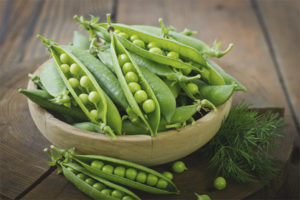
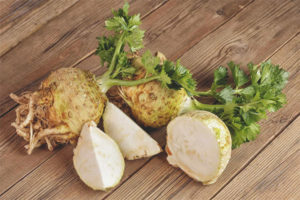
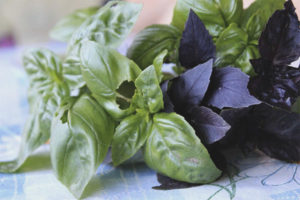
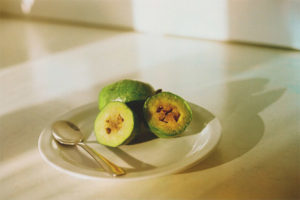
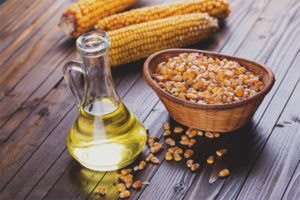
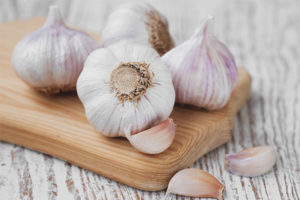
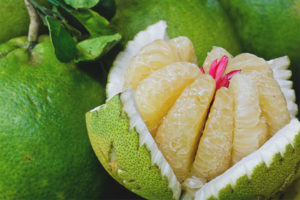
To send